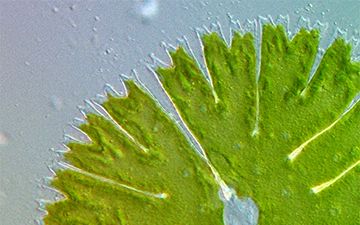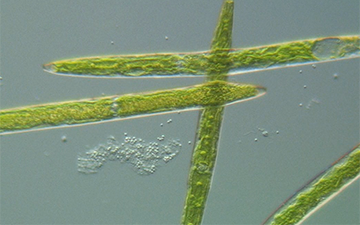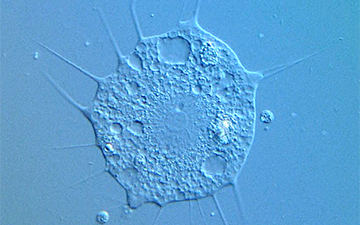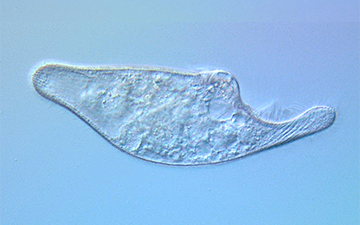Microbe Collection
Ongoing – (See Cards)…
This set simply aims to collect “microorganisms” as loosely as defined as those species that are multicellular, singled cell or smaller (essentially SCALE value of 3 or less). Given the incredible diversity and abundance of species in this category, the Phylo project is hopeful that this collection will grow to represent this important part of biodiversity.

Micrasterias
Micrasterias genus


2 POINTS
Play: Micrasterias is considered an AUXOTROPH
Fact: Micraserias is a type of green algae, and always has shapes that exhibit bilaterial symmetry.

Closterium
Desmidiales order


2 POINTS
Play: Closterium is considered an AUXOTROPH
Fact: Desmids tend to assume highly symmetrical and attractive shapes.

Ciliophrys
Heliozea type


7 POINTS
Play: Ciliophrys has a MOVE of 1,and is considered a EUKARYOTROPH
Fact: Heliozoa is a type of amoeba that is spherical with stiff prjections (axopods) radiating outwards from its body.

Blepharisma
Ciliophora phyla


4 POINTS
Play: Blepharisma has a MOVE of 1, and is considered an HETEROTROPH
Fact: Cilates are characterized by the presence of hair like organelles called cilia.

Anisonema
Euplotes genus


4 POINTS
Play: Anisonema has a MOVE of 1, and is considered an HETEROTROPH
Fact: Anisonema have two flagella which beat in different but coordinated ways

Actinophrys
Heliozoa type


7 POINTS
Play: Actinophyrys has a MOVE of 1, and is considered a EUKARYOTROPH.
Fact: Heliozoa is a type of amoeba that is spherical with stiff projections (axopods) radiating outwards from its body.